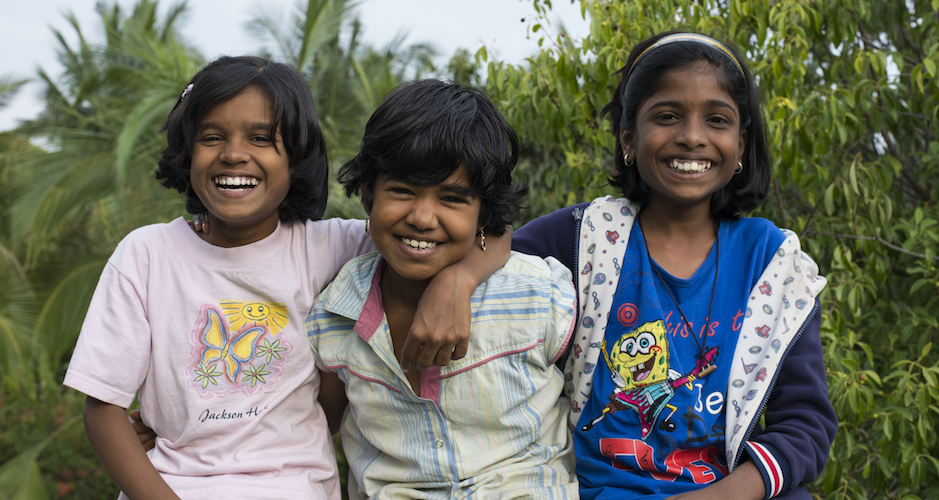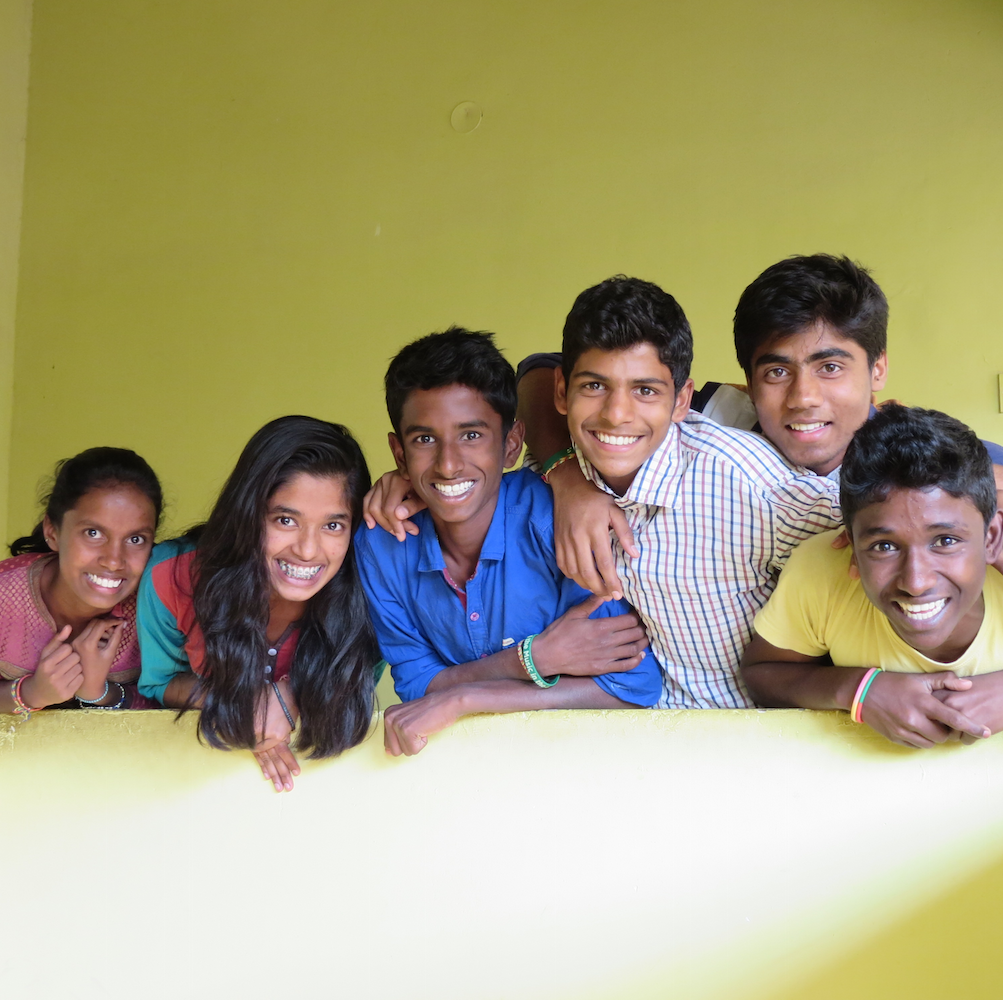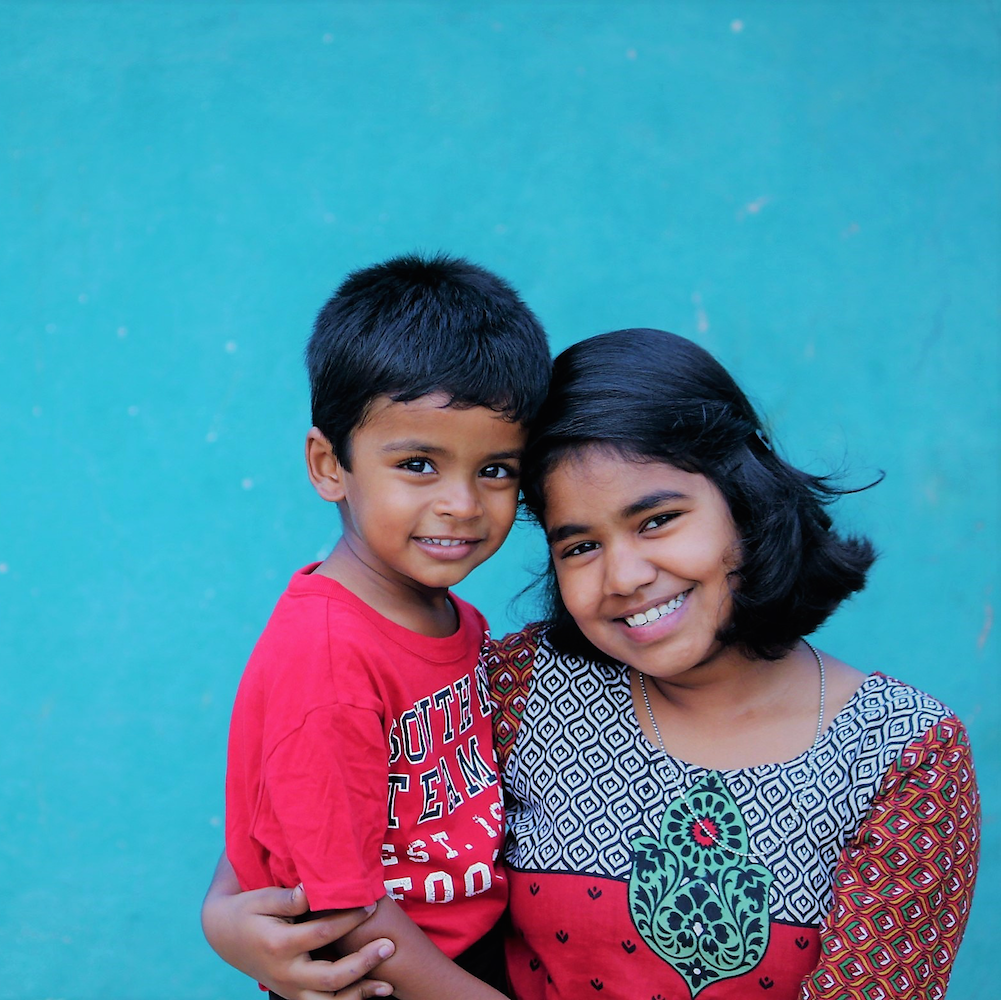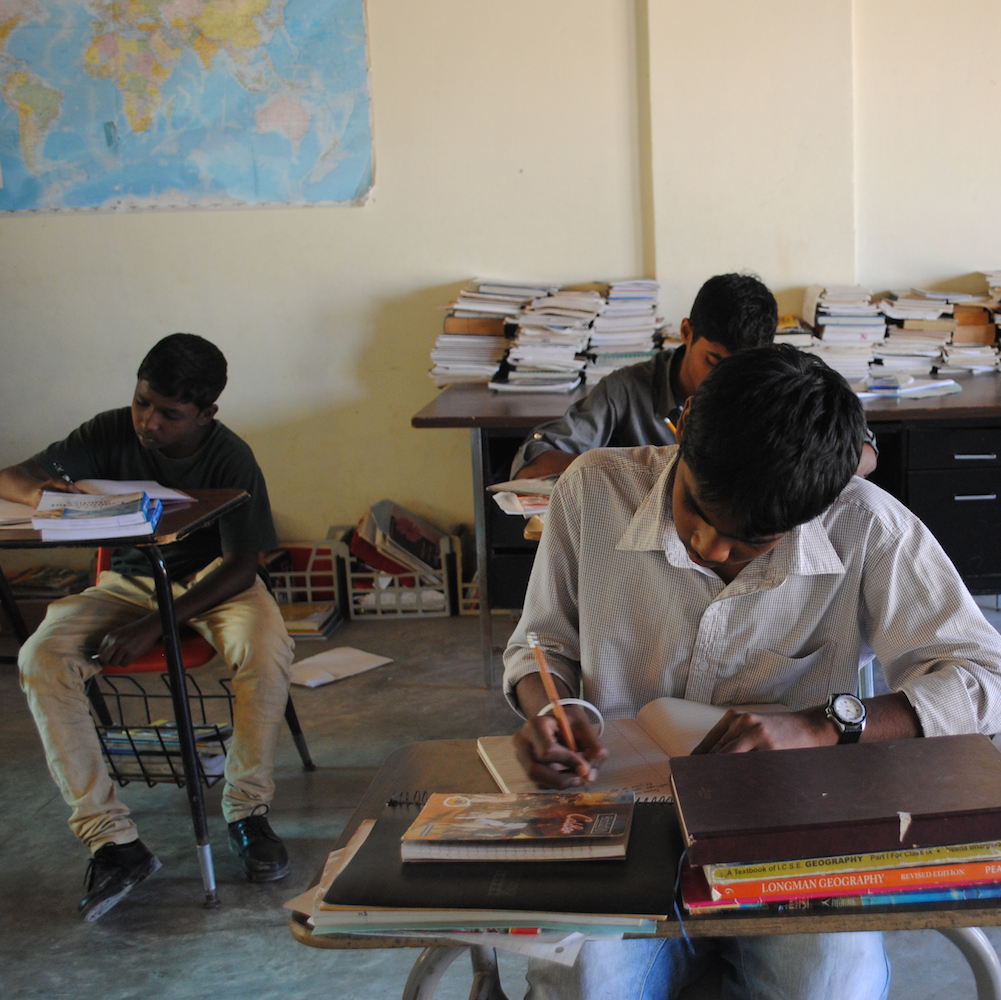
I first heard about Daughters of Destiny because of the news that AR Rahman was scoring the Netflix docuseries. Months later, when I finally watched it, beautiful compositions were the last thing on my mind. Instead I was preoccupied with the achingly beautiful stories of Shanti Bhavan, a residential school with a name that means “abode of peace”, and a mission to eradicate poverty.
Shanti Bhavan’s doors first opened in Tamil Nadu in 1997. The school offers educational intervention to children from families that are below the poverty line (living on less than $2/day), and part of the Dalit caste, with preference given to single-parent households.
These criteria often go hand in hand, with 95% of students coming from Dalit families, unable to break out of generational debt.
After watching the first episode, “The Untouchables”, I contacted the school’s staff to learn more about how they had been impacted by the documentary, and to share their story. I received a warm response to my request for an interview and an invitation to visit. And a few days later I was walking the hallways of Shanti Bhavan, guided by two of their current students.
It felt a bit surreal to be with those who I knew about through the candid moments that filmmaker Vanessa Roth had gathered over 7 years. Candid moments which came courtesy of Roth having full autonomy over the footage she selected, and the stories she shared.

When asked how an award-winning filmmaker in Brooklyn came to know about Shanti Bhavan, Ajit George, Director of Operations, shed some light; A friend of Roth’s had volunteered with the school and had told her about it. Roth had already been sharing stories of vulnerable children and families for some time. And it struck her that this could be a story to capture and tell over a longer period of time.
The results are compassionate perspectives, which openly share many of the uplifting and heart wrenching moments students experience, living as they do with one foot in the world they were born into, and one in the world they are being guided toward.
Shilpa Anthony Raj, now a graduate, addresses this in the series when she said they are "Children of poverty growing up in a world unrecognizable to those from the one we left behind."
This is also a line from her book “The Elephant Chaser’s Daughter”, in which she speaks to her life’s experiences. Shilpa, who was visiting the same day that I was, referred to the novel as she reflected on the many ways Shanti Bhavan has changed her life.
This included getting the opportunity to consult on a project for Ikea with a focus on slums in Mumbai. For Shilpa it had been powerful to draw on experiences from both her worlds: "They hired me not merely for my educational background but the qualifications that life had given me. And in that moment, I was grateful for having the ability to move freely between these two that I draw so much strength from."
Shilpa is one of the 5 female students Roth decided to focus Daughters of Destiny on. The others are Thenmozhi, Karthika, Manjula and Preetha. An unintentional choice, but one that came about because the strongest footage happened to be of the girls. This choice led to an in-depth examination of the way gender roles impact those living in poverty, and how they intersect with caste and class.

As we also see in Daughters of Destiny, the children who come to Shanti Bhavan are supported from the age of four all the way through to their first day of work. And not supported in the sense of receiving financial handouts. The Shanti Bhavan model is one which works to transform lives through a complete and total uplifting of their students. They receive food, housing, medical care, access to a world-class education, and extracurricular activities.
They are also given an enormous responsibility – to help their families, communities and others beyond them, to emerge from the grips of poverty.
To ensure that Shanti Bhavan can be as impactful as possible, the school has a residential model. This is so that students live in a nurturing environment while studying without concern for access to things like food, or being in the presence of traumatic experiences such as abuse. At the same time, the children do return home for holidays and parents are invited to school for special events and to receive reports on their child’s progress.
There is a delicate balance in place to make sure that the children share what they are learning, to help uplift their families. And that their families remain invested in their child’s education and do not consider removing them from the program. Especially as there is only one child per family selected to attend Shanti Bhavan. This policy, like the residential model, has been in place from day one to ensure that as many families as possible can benefit. And the benefits are undeniable.
The students, in their classes of 12 boys and 12 girls, "orphans and children of labourers", go on to work in law, healthcare, IT, business, and engineering at the likes of Amazon and Deloitte. Shanti Bhavan graduates are making more in their first five years of working than their parents could in a lifetime.
All this despite the often-insurmountable challenges that they face, including ongoing prejudice. Throughout Daughters of Destiny we hear everyone from students to staff share that they are questioned about the value of educating the poor. Whether they can ever really leave behind the ways of life that they are apparently destined for. The ways in which the documentary responds to this includes the passionate determination of its participants and showing the children become catalysts for change.

The few hours I spent at Shanti Bhavan reinforced this. There are plans for a second school, with fundraising underway, and a vision to build additional schools every 5-6 years as well. Fundraising efforts are also in place to help strengthen existing components of the school like their science labs and housing for more staff to continue attracting the most qualified teachers.
The more I learned about the school, the more grateful I was for the chance to be seeing it for myself. Especially when I found out about the influx of requests they’ve received since Daughters of Destiny first aired. While the administration tries their best to accommodate asks which support their work, they also ensure that this is only done without interfering with the lives of their children.
In Ajit George’s words, the top priority at Shanti Bhavan is to help their students break the cycle of poverty for their families. With students receiving the best possible education, having values of social and civic responsibility reinforced daily, and going on to become corporate and political leaders “The program can be revolutionary in the best of ways.”
As with all revolutions, the seeds for this one were planted many years ago through the vision of Dr. Abraham George (Ajit’s father). A former Indian army captain, turned American businessman, Dr. George at the age of 50 decided to sell his business to a fortune 500 company. He did this to return to India to work on projects which would help eradicate poverty. He initially funded Shanti Bhavan entirely, through his Foundation, until 2008 when the global financial crisis led to devalued investments and a shortage of capital. Since that time, Shanti Bhavan has been funded through a combination of Dr. George’s support and that of donors.
Find out more about the school here. And be sure to watch the documentary series on Netflix!

























